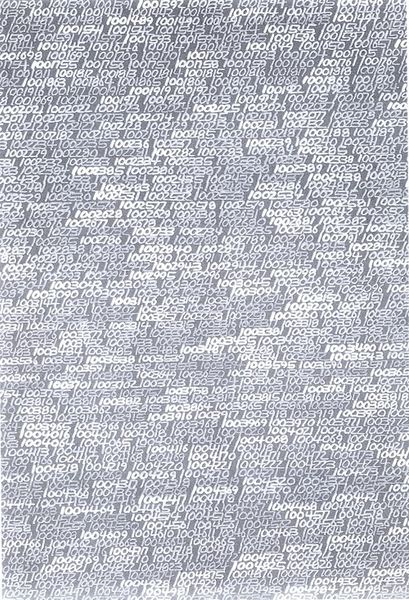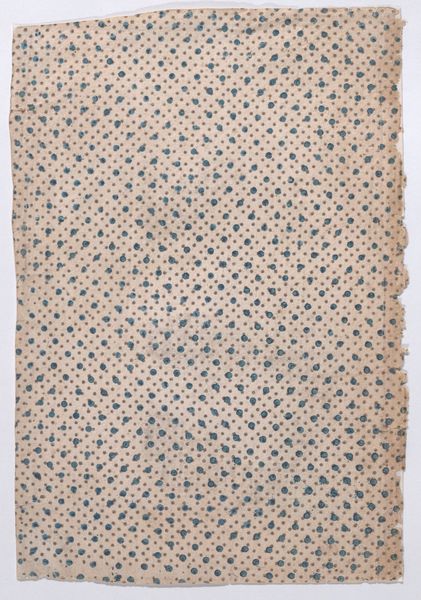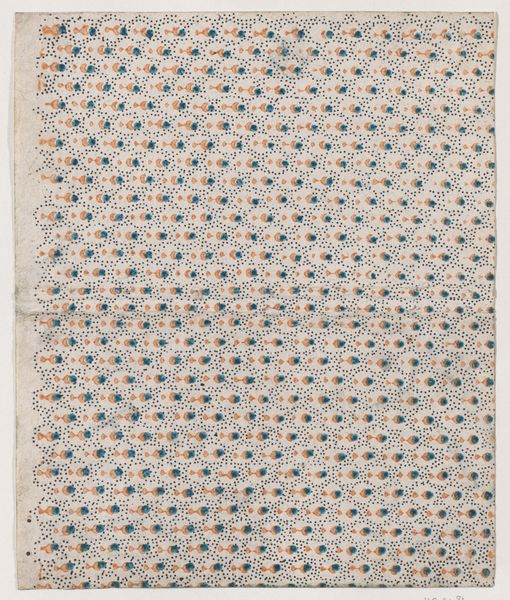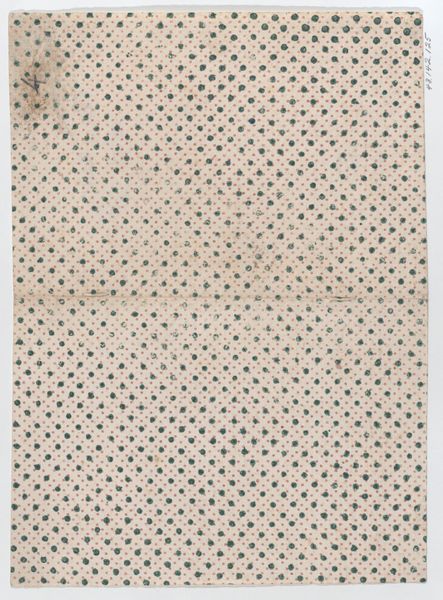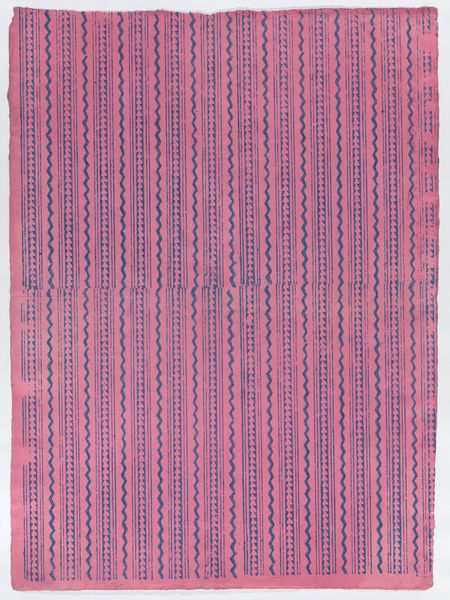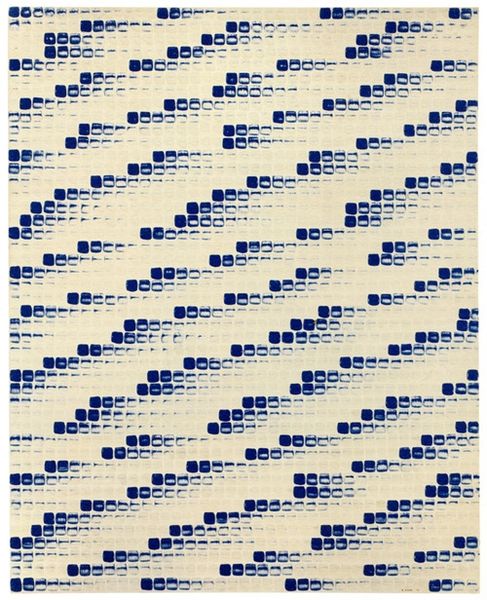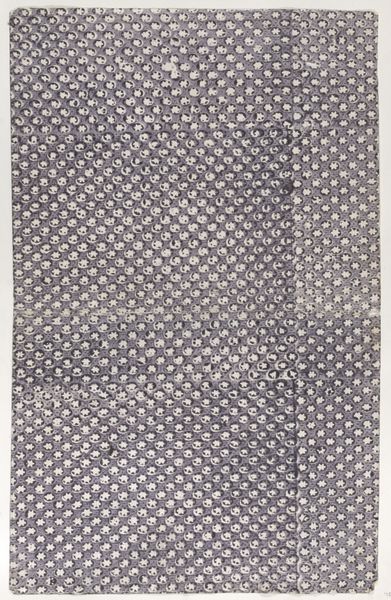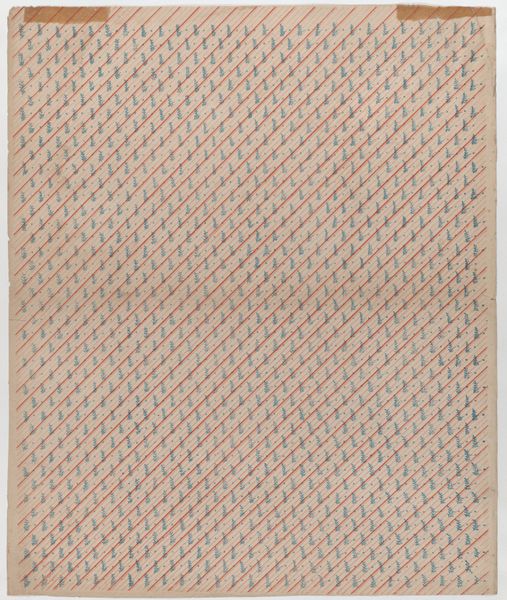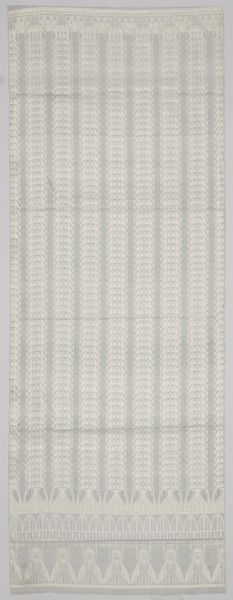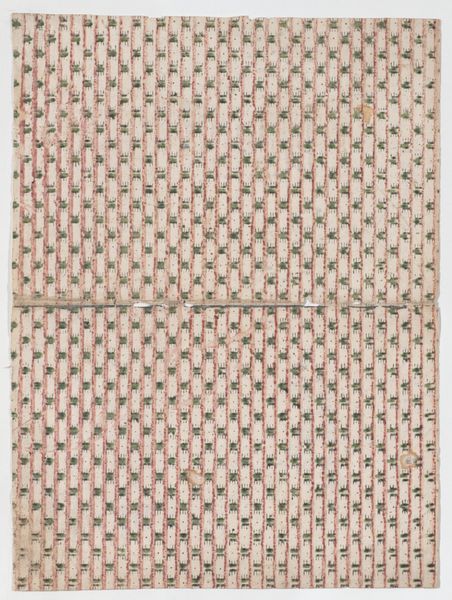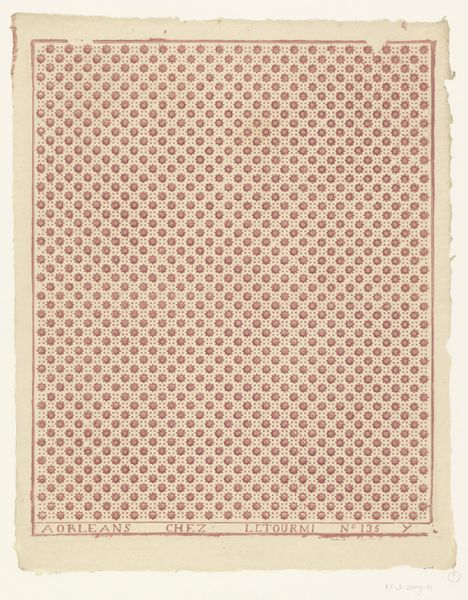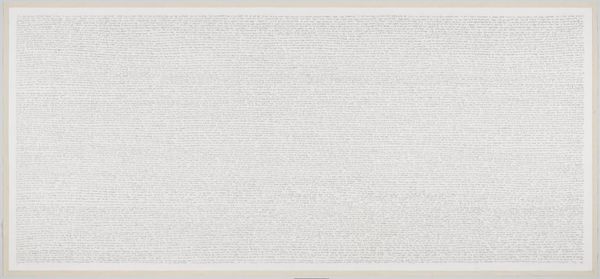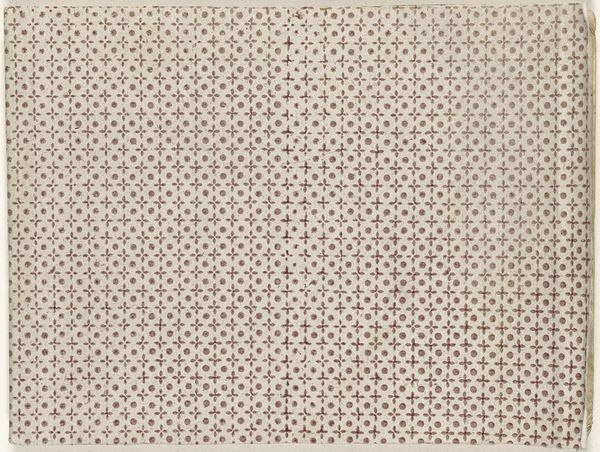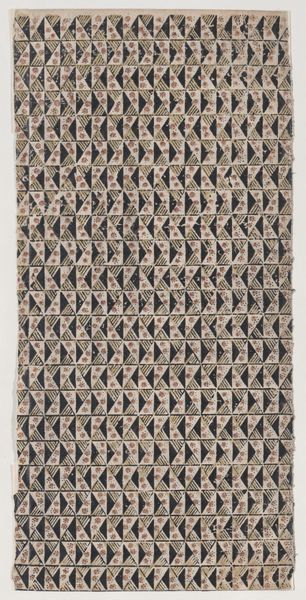
print, serial-art, graphite
#
conceptual-art
#
minimalism
# print
#
postminimalism
#
serial-art
#
geometric
#
geometric-abstraction
#
abstraction
#
line
#
graphite
Dimensions: image: 29.8 x 21 cm (11 3/4 x 8 1/4 in.)
Copyright: National Gallery of Art: CC0 1.0
Editor: This untitled piece, from around 1975 by Hanne Darboven, appears to be graphite on paper. The sheer repetition of the lines is hypnotic, almost like watching waves. How do you interpret this work? Curator: What immediately strikes me is Darboven's engagement with time and systems of measurement. Her work, deeply rooted in Conceptual and Minimalist practices, challenges traditional art historical narratives. Consider the context: the 1970s witnessed increased dialogue around feminism and institutional critique. What if this obsessive, repetitive mark-making is a commentary on the structures and strictures imposed on women's labor, made invisible and undervalued? Do you see it as potentially resisting these conventions through its very refusal of conventional aesthetic beauty? Editor: I never considered that angle. The repetitive nature did make me think about production lines, but I hadn’t linked it to feminist discourse. It's interesting how you see it as a possible quiet rebellion. Curator: Exactly! It can be a subversion of expectations. The apparent monotony is where Darboven’s political stance lies. Is it really monotonous, or is our perception conditioned to only value what fits neatly into capitalist, patriarchal models of productivity? It invites us to question what labor is worth, and who decides that value. Editor: I’m beginning to see how her practice opens a dialogue about labor, value, and gender expectations. I thought it was simply abstract and about repetition, but I now understand its socio-political relevance. Curator: Precisely. By positioning the artwork within this broader framework, we can start unpacking these complex and critical interventions that prompt us to reflect upon societal structures and historical oppressions.
Comments
No comments
Be the first to comment and join the conversation on the ultimate creative platform.
